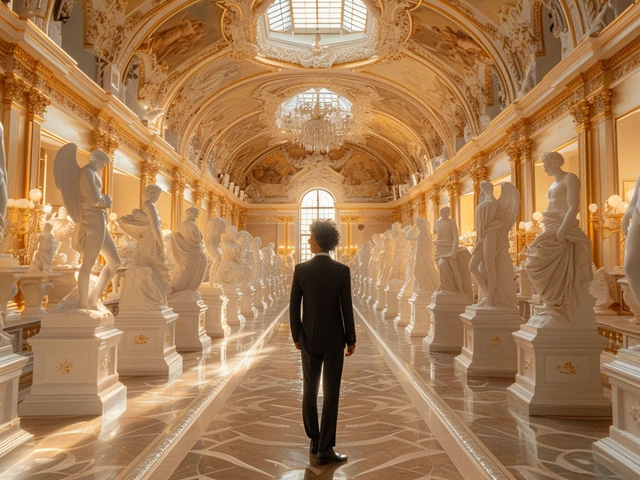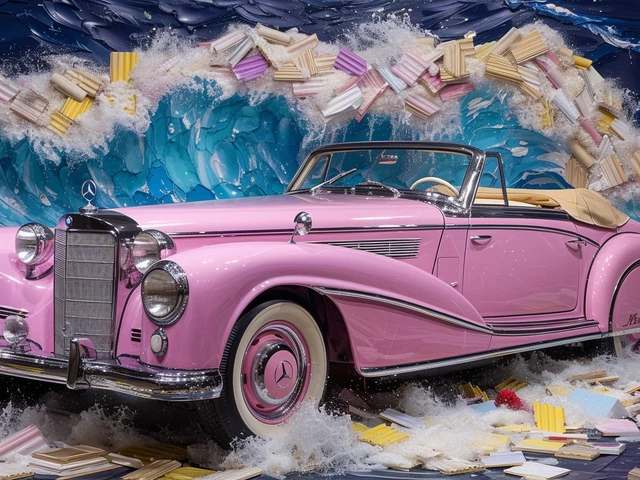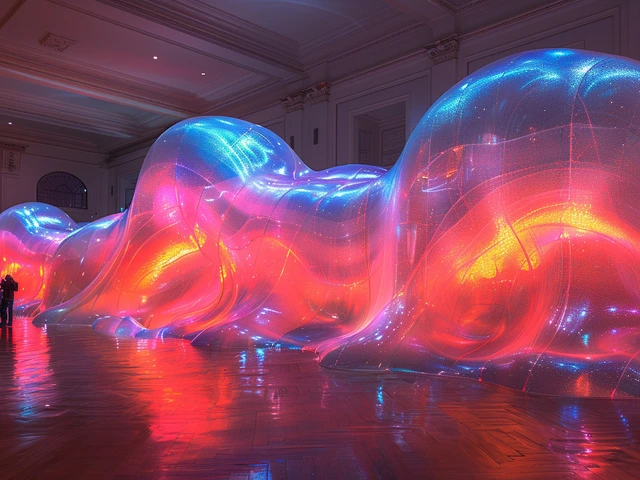Introduction to Dadaism
Dadaism, or Dada, is a movement that hit the art world like a storm in the early 20th century. With its roots planted firmly in the heart of Europe during World War I, Dada emerged not just as an art movement but as a form of political and social rebellion. Frustrated by the atrocities of the war and disillusioned by society's norms, a group of artists, writers, and intellectuals sought to challenge and ridicule the established order and its values. They believed that the reason and logic that had led to the war were fundamentally flawed. Thus, Dada was born out of a need to express the absurdity of the human condition and to reject conventional perceptions of art.
The Birthplace of Dada
The Dada movement first took root in Zurich, Switzerland, in 1916, at a nightclub known as Cabaret Voltaire. This venue became the epicenter for artists fleeing the havoc of World War I, providing a sanctuary for free expression. Among the founders were Hugo Ball, Tristan Tzara, Marcel Janco, and Jean Arp. They embraced a blend of art, performance, poetry, and politics, creating a melting pot of creativity that defied existing artistic conventions. It's fascinating to consider how Cabaret Voltaire, initially just a gathering spot, turned into the birthplace of an avant-garde movement that would leave a lasting mark on the art world.
The Principles of Dada
At its core, Dada was anti-art. Dadaists aimed to upend the traditional values and practices of art, using shock, scandal, and irreverence to provoke and challenge their audience. They employed randomness, absurdity, and nonsense to create artworks that defied logical interpretation or aesthetic appreciation. For Dadaists, the process and concept behind the creation were more important than the finished product itself. This radical approach allowed them to express their disdain for the societal systems that, in their view, had led to the catastrophic war.
Dada Techniques and Media
Dada artists were pioneers in using assorted media and techniques, including collage, photomontage, assemblage, and the readymade. Perhaps the most famous example of a readymade is Marcel Duchamp's 'Fountain' (1917), a standard urinal signed "R. Mutt". This piece questioned the very nature of art, challenging the viewer to reconsider what constitutes an artwork. Dadaists also embraced performance art, which allowed them to incorporate elements of chance and audience interaction, further blurring the lines between art and life.
Key Figures of Dada
Tristan Tzara, often considered the movement's spokesperson, was instrumental in spreading Dada's ideals through his manifestos and performances. Hugo Ball, with his sound poems and theorizing, contributed greatly to the intellectual underpinnings of Dada. Marcel Duchamp, with his readymades, challenged conventional notions of artmaking. Other notable figures include Hans Arp, Jean (Hans) Arp, Raoul Hausmann, and Hannah Höch, each bringing their unique perspectives and innovations to the movement.
The Impact of Dada on Modern Art
The ripple effects of Dada are seen across multiple art movements that followed, including Surrealism, Pop Art, and Fluxus. Its spirit of rebellion and innovation inspired artists to continually push the boundaries of what art could be. Dada's emphasis on the conceptual over the aesthetic laid the groundwork for contemporary art practices, emphasizing ideas over form. The movement's use of non-traditional materials and techniques also paved the way for later developments in mixed media and performance art.
Dada Today: A Legacy of Rebellion
Even a century later, the legacy of Dada continues to influence artists and movements worldwide. Its anti-establishment ethos resonates with current societal and political critiques, proving the timeless relevance of Dada's initial rebellion. Modern artists still draw on the movement's techniques and philosophies, viewing Dada not just as a historical movement but as an ongoing attitude towards creativity and expression.
Conclusion
In sum, Dadaism stands as a monumental movement in the history of art, symbolizing the ultimate rejection of conventional art and societal norms. Its creators embarked on a journey of absurdity and irreverence, paving the way for future artists to question and redefine the essence of creativity. The Dada movement reminds us that art is not just about beauty or skill but is also a powerful medium for critique, innovation, and change.



